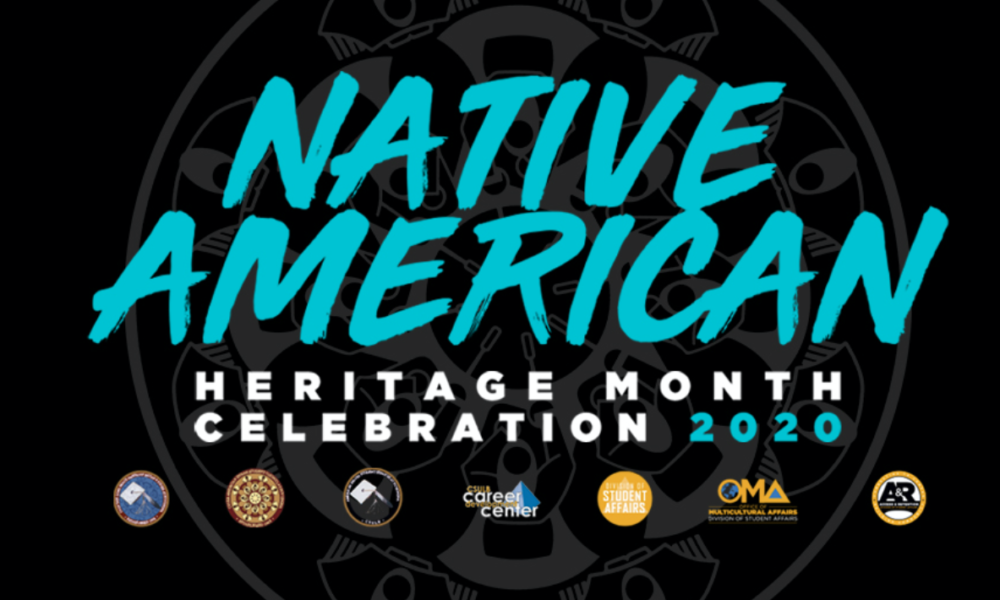Professor, writer and poet Deborah Miranda speaks at Long Beach State’s Native American Heritage Month Celebration’s virtual events on Monday to discuss how Indigenous people can decolonize California’s history with missions.
The Office of Multicultural Affairs, Division of Student Affairs, the American Indian Student Services and more partnered to present the Native American Heritage Month Celebration 2020 series.
Miranda, a professor at the Washington and Lee University and author of “Bad Indians: A Tribal Memoir” is a member of the Esselen and Chumash people, who are native to the Santa Barbara to Monterey Bay area.
On Nov. 9, Miranda discussed 15 ways to decolonize California’s mission history, in which Spanish missionaries during colonial times built upon native lands and forcefully converted Indigenous peoples to Catholicism.
Miranda explained how the term decolonization does not have a common definition.
The word, she said, sounds like it means to remove elements of colonization. But even if those elements are removed entirely, Miranda said, nations or groups of people have already been transformed by colonization.
“Colonization is a process, it’s not a product, it’s not where we’re going to get to someday,” Miranda said. “And it’s the journey that’s the prize.”
Instead, Miranda said to think of decolonizing as “indigenizing.”
“We decolonize by taking care of our indigenous selves, our physical health, our mental health, our financial health and the health of our relationships with the people we love and with our communities,” Miranda said. “We decolonize by refusing to believe that our lives are expendable.”
She discussed how Indigenous people further practiced decolonization by existing and attending spaces in which they are not welcomed in, pointing out that Californian natives often face difficulty gaining entrance to Californian missions, access to a mission’s archives and being excluded from conversations about how the land is managed.
Another step in decolonization includes recognizing the efforts from the “margins of the margins.” These groups, Miranda said, included “LGBTQ tribal members, Black Indians, light-skinned Indians and federally unrecognized tribes.”
“We oftentimes allow colonization to tell us who is and who isn’t a member of our tribe and I think that should be something that we work on ourselves,” Miranda said.
One point Miranda highlighted was that decolonization also occurs when Indigenous peoples acknowledge historical trauma, but recognize that they also have ways of healing from it.
“It does not make victims of us to understand and acknowledge that trauma happened and that it is passed down intergenerationally, both physically and emotionally, both socially and culturally, but that we also are recuperating and have ways to heal from it,” Miranda said.
One way of healing is to tell their stories, Miranda said, and to handle that responsibly. The problem that occurs is that Indigenous peoples are not always the one telling their stories, exemplified at California missions, according to Miranda.
She explained that pamphlets are given to attendees with false information, including the number of natives living in California during the time of the missions.
Miranda found records that proved these numbers were false, but her research with statistics and fact-checking were not the only sources for information. She said that information can come from archives, from a family’s word-of-mouth and records from the Catholic Church.
The material, Miranda explained, could be painful. Alongside that, Miranda said that people, including colleagues, tenure committees and the general public, will also question whether the research was objective.
But research like Miranda’s into the histories of natives in California and the missions proved that native communities did leave records and documented what was done to them.
By providing this information, Miranda said native and non-native students were able to learn more about history and recognize the large gaps in their education.
“…Indigenous research and storytelling regenerates Indigenous traditions and knowledge production massively by working against the colonial epistemic frame to subvert and create possibilities and spaces for resistance,” Miranda said.
The next event part of the Native American Heritage Month Celebration takes place on Nov. 20. For more information on cultural celebrations at CSULB, visit the Office of Multicultural Affrairs’s website.




